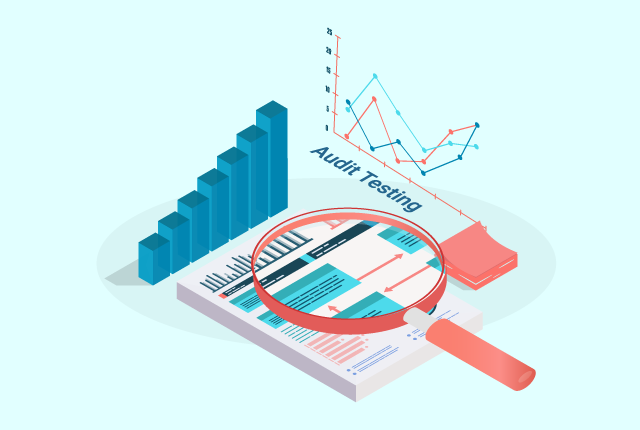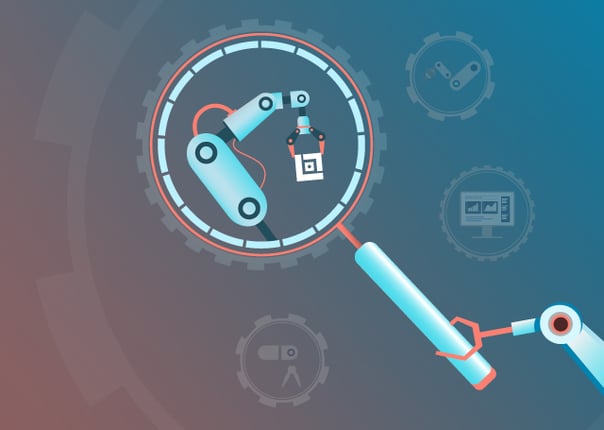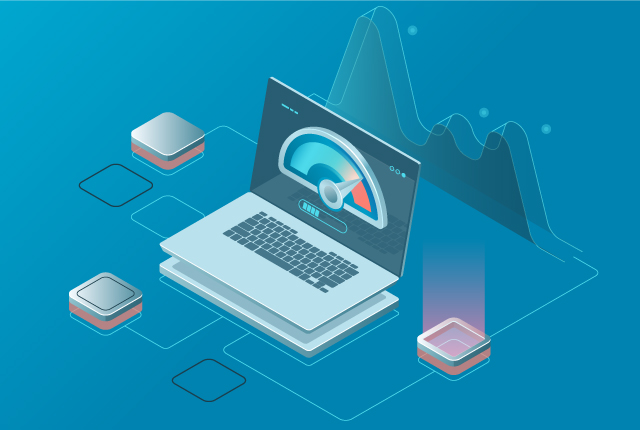A complete walkthrough on voice assistant and how it can return relevant information by listening specific keywords. This covers purpose, types, characteristics, and how to test voice assistant software.
QASource Blog
In our blog, we take a deep dive into the latest QA strategies, methodologies, and industry best practices driving the world of quality assurance. Follow our blog to get new ideas as to how to effectively deliver high-quality, bug-free software products, websites, and applications, while keeping costs low.

Timothy Joseph

Recent Posts
Millions of broadcasters, streamers, and influencers have chosen to use stream monetization to distribute content. Some products have monetization built into their product model from the start, while others seek to add it later. The product must be thoroughly evaluated in order to ensure that stream owners are receiving the promised financial benefits. Read our blog to understand what stream monetization is, its growing importance, and how to implement it the proper way.
A complete walkthrough on no-code/low-code automation provides an overview of the benefits of automation and how to get started. This covers market trends, advantages, challenges, and how to address concerns for your project.
Audit testing is an important part of the software quality assurance process that assesses software against a set of defined standards or specifications to make sure the finished product meets the requirements. When conducting an audit, businesses examine the procedures followed, the testing methods employed, the tools that were used, and the user experiences. This helps them see how they stack up against the performance expectations of the target audience and how the software can meet the target audience’s needs and demands to provide excellent customer satisfaction.
Salesforce is a recognized CRM (customer relationship management) tool used by companies of all sizes. It requires constant feature upgrades, continuous testing, and regular maintenance to keep your business competitive. This guide will cover the essential aspects that your team needs for successful testing within Salesforce.
RPA or robotic process automation plays a crucial role in modern businesses by automating repetitive and time-consuming tasks. RPA software uses artificial intelligence and machine learning algorithms to simulate human actions and perform tasks that were previously completed by human workers. This technology has the potential to significantly improve efficiency, accuracy, and cost-effectiveness for businesses in a variety of industries.
With the advent of the World Wide Web in the 1990s, browsers have evolved to provide greater ease of use and functionality. Your business must ensure that your application and website are ideal for all users. Cross-browser testing is the solution. It is an essential step in ensuring that your website or application generates a positive user experience.
Online learning is no longer optional; it has become a crucial method for delivering quality education. Providing education to remote learners has become necessary in our rapidly evolving times, from higher education seekers to high school students aiming to graduate this year. Even corporate businesses are facing challenges in educating their employees effectively without the implementation of a reliable Ed-Tech platform.
Finance domain applications are generally considered applications that provide financial services like banking, insurance, stock marketing, etc. And based on the type of application, it may need different methods of testing.
Written by QA Experts
QASource Blog, for executives and engineers, shares QA strategies, methodologies, and new ideas to inform and help effectively deliver quality products, websites and applications.
Categories
Authors
Our bloggers are the test management experts at QASource. They are executives, QA managers, team leads, and testing practitioners. Their combined experience exceeds 100 years and they know how to optimize QA efforts in a variety of industries, domains, tools, and technologies.








